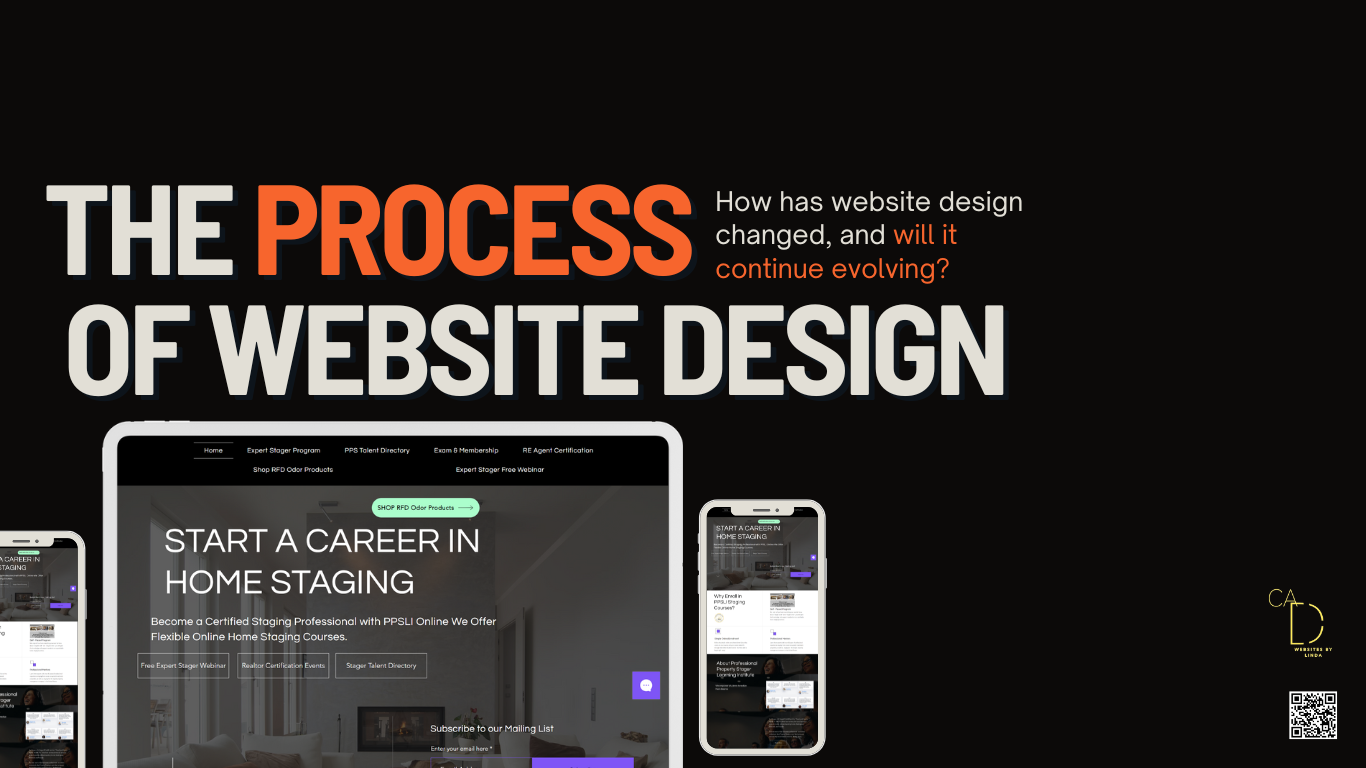

Chatbots: Automate customer interaction, customizable to brand identity.
Responsive VR and AR Web Experiences: Developing responsive VR and AR web experiences that adapt to various devices and environments, offering immersive and interactive possibilities.
3D Elements in Design: Add visual depth but must balance with performance.
Let's delve into an innovative way to present this information that goes beyond traditional methods and is not commonly found online.
Portfolio Showcase: Near the bottom, an array of small frames, each showing a different design, represents the portfolio development aspect for freelancers and agencies.
Machine Learning for User Experience Personalization: Applying machine learning algorithms to personalize user experiences on the web, tailoring content and recommendations based on user behavior and preferences.
Parallax Scrolling in Design: Adds depth and engagement but should be used judiciously to avoid navigation issues.
Design Thinking in Problem Solving: Applying design thinking methodologies in problem-solving, focusing on user-centric solutions in web design and development.
Podcasts: Expand content offerings, embedding episodes directly on websites.
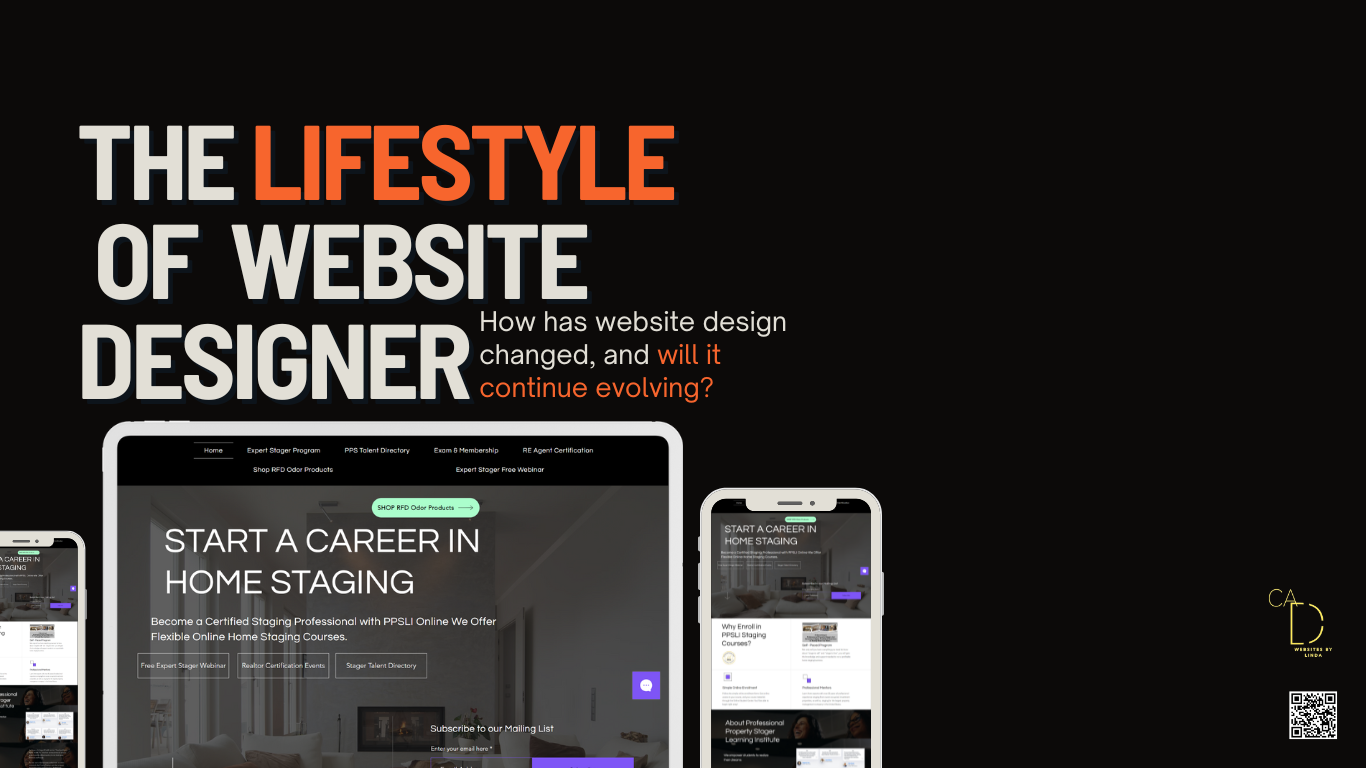
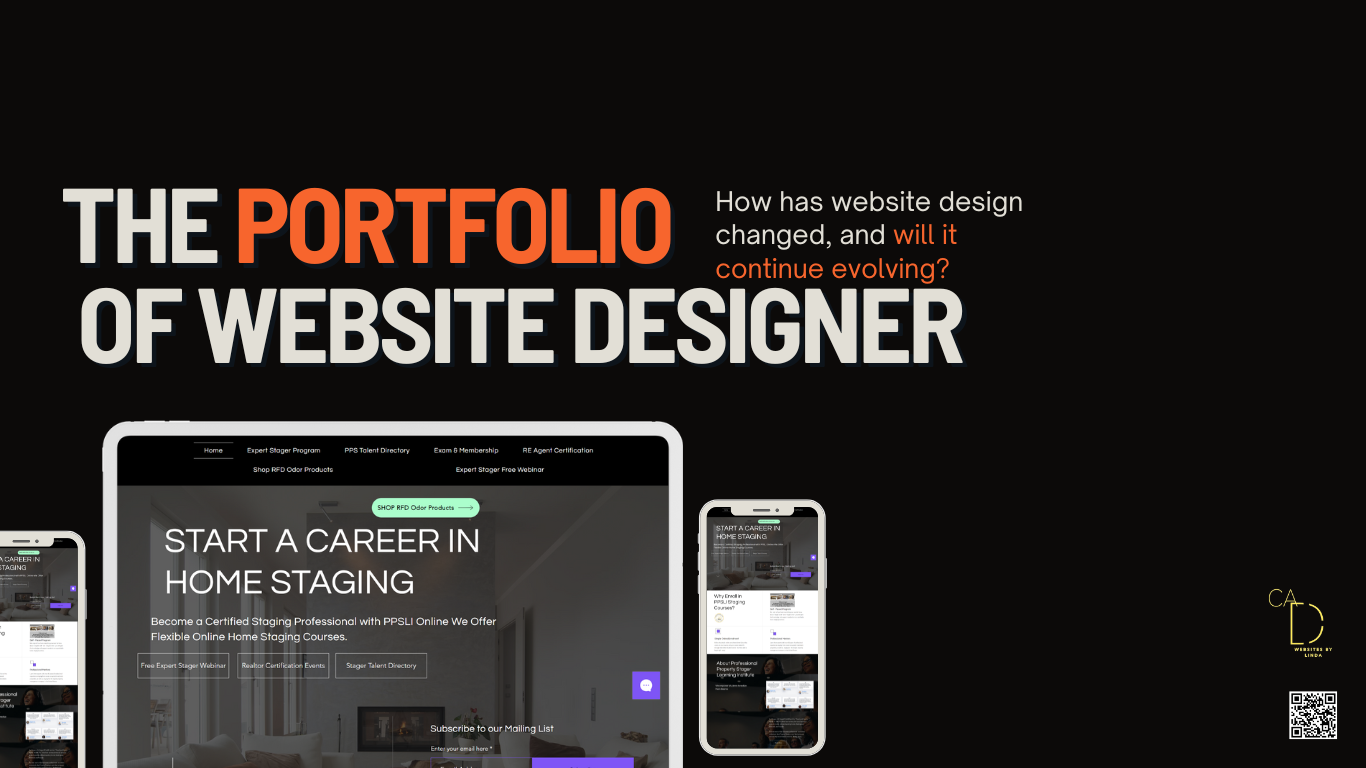
Website Load Time and Performance: Critical for user experience and SEO, achieved through optimization techniques.
Bespoke Typography in Branding: Creating custom typography for branding, ensuring unique and distinctive brand representation on the web.
Contextual User Interfaces: Designing user interfaces that adapt to the user's context, providing relevant information and functionality based on their location, time of day, or activity.
Minimalistic Website Design: Another part of the interface will demonstrate minimalism, with simple, elegant layouts and a focus on space, color, and typography.
The comprehensive overview you've provided spans a wide range of topics in web design, each offering unique insights and challenges.
Segmented Sections: Each section of the text will be represented by different elements integrated into the web design interface.
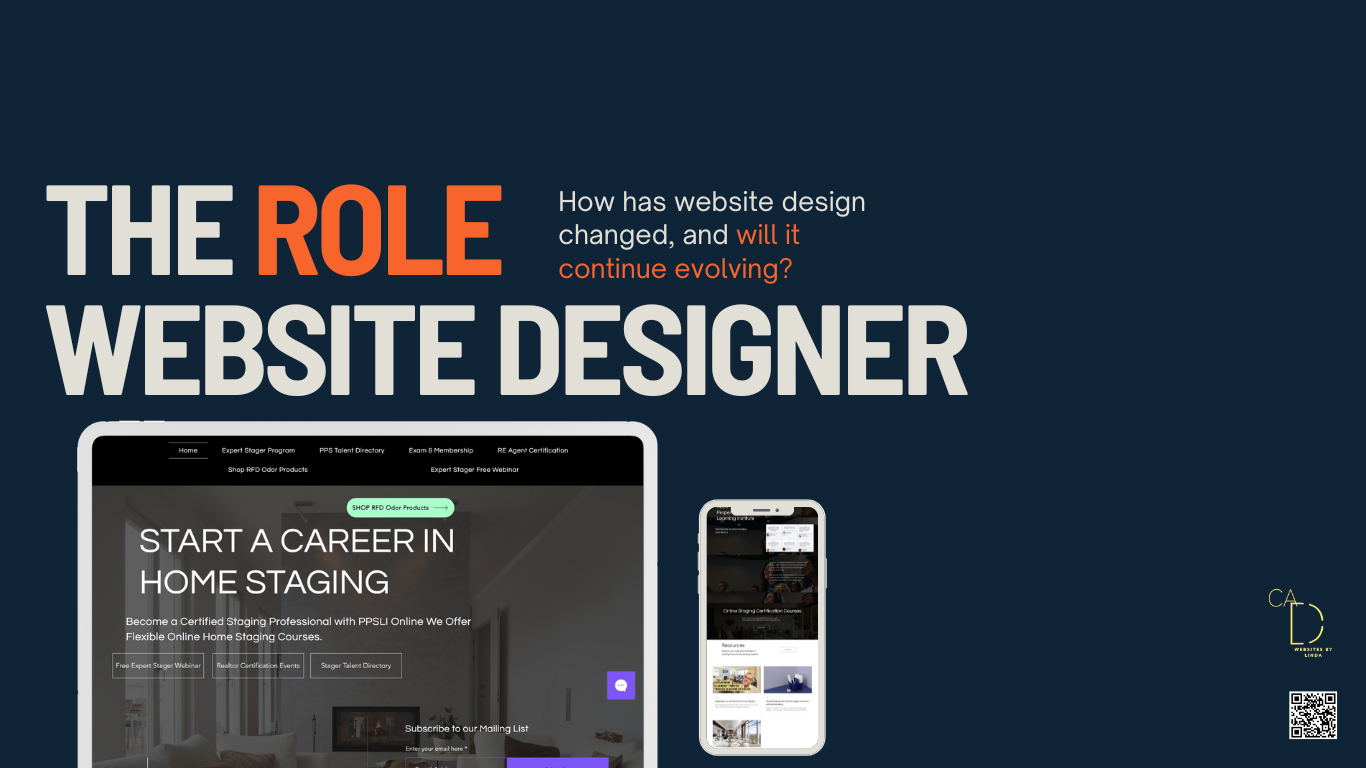

Enhanced Scrolling Experiences: Innovating with different scrolling techniques, such as horizontal scrolling or parallax effects, to create engaging and dynamic user experiences.
Social Media Integration: Enhances online presence and engagement, including social media feeds and sharing options.
Ease of Use: Templates are designed to be user-friendly, making them accessible to people with limited technical skills. This democratizes website design, allowing more individuals and small businesses to create their own websites without needing specialized knowledge.
API Integration in Web Design: Seamlessly integrating various APIs to enhance functionality, such as social media integration, payment gateways, or third-party services.
Finally, the complexities of e-commerce website design will be represented by user-centric shopping experiences, showcasing easy navigation, seamless cart processes, and website security, all crucial for a successful online store.
Responsive Audio Design: Incorporating responsive audio design, where sound adapts to user interactions and device capabilities, enhancing the auditory experience on the web.
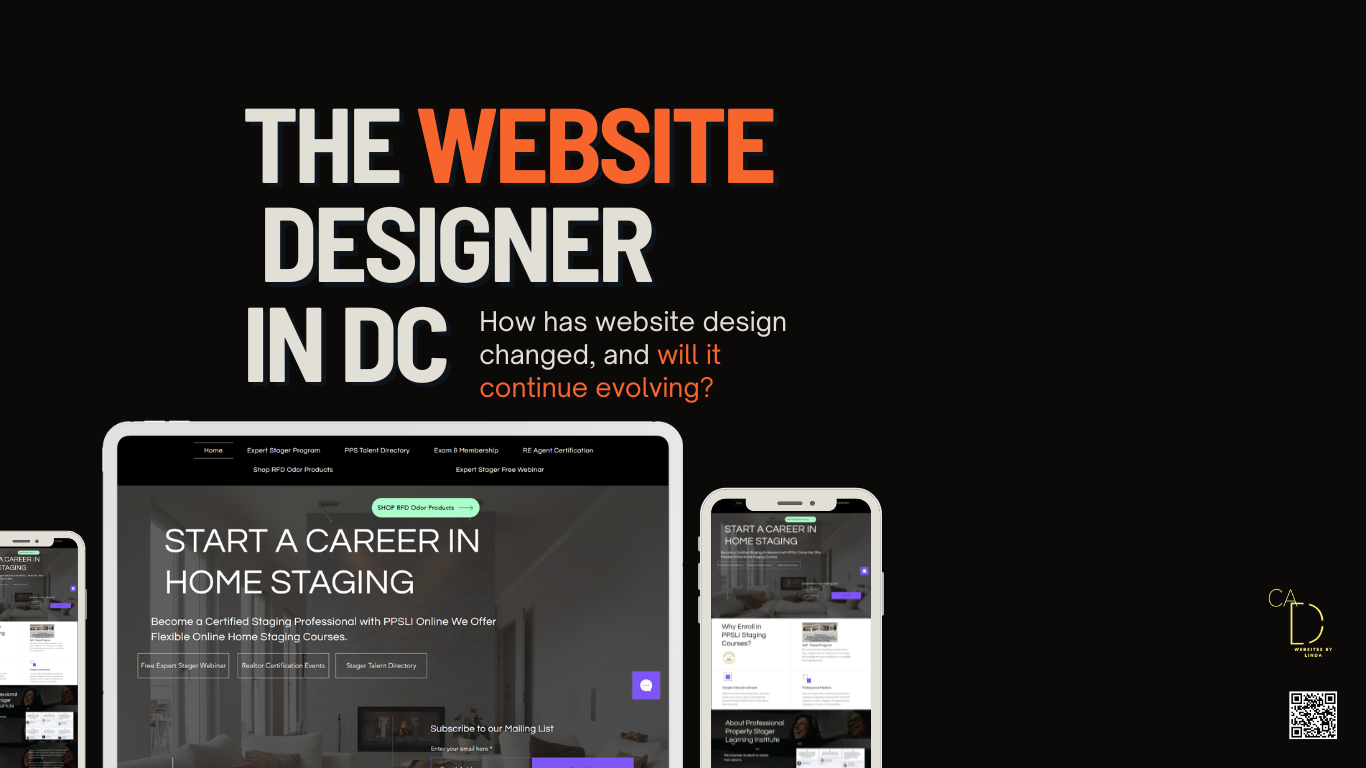
Hourly Rate Reasonably skilled freelance web designers make about $75 per hour. This figure can vary, though, according to CSS-Tricks. Website Builder Expert estimates that the cost to design a website is $30 to $80 per hour, while the cost to actually develop the website is $100 to $180 per hour.
A web designer creates the layout and design of a website. In simple terms, a website designer makes a site look good. They use design programmes to create visual elements and usually have expertise in user interface (UI), which means they strategically design a site that's intuitive and easy for visitors to navigate.
Google Web Designer is a free software tool available for download on both Windows and Mac computers. It does not have any subscription plans or pricing tiers, and users can access all of its features and functionality at no cost.